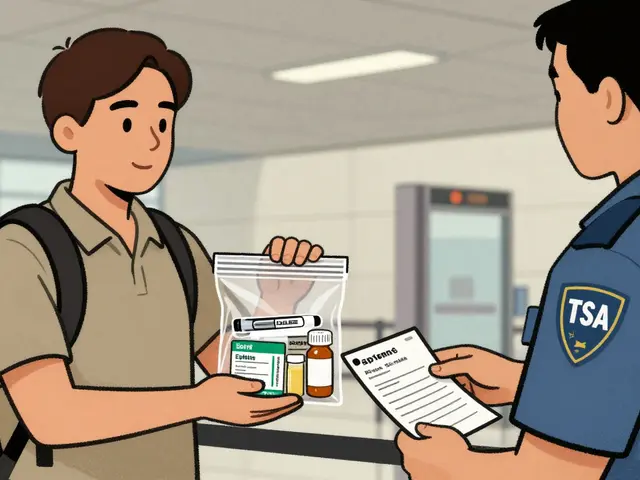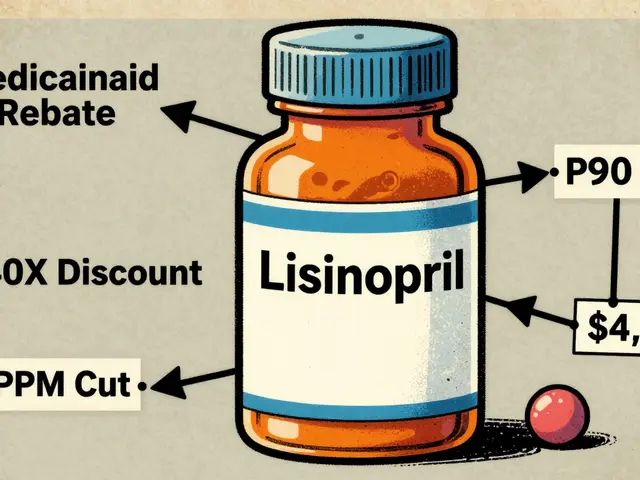Oedema: What Causes Swelling and How to Reduce It
Swelling that won't quit? Oedema—pronounced "ee-DEE-muh"—is excess fluid trapped in body tissues. It commonly affects the feet, ankles, hands, and belly. A short flight, standing all day, or hot weather can cause temporary swelling. But persistent or sudden swelling can point to heart, kidney, or liver problems. This page gives straightforward, useful steps to spot causes and manage swelling safely.
When to worry and when to treat at home
If swelling is mild, goes down with rest or elevation, and has no other symptoms, try home measures first. See a doctor quickly if swelling is sudden, painful, red, warm, affects one limb only, or comes with chest pain, shortness of breath, dizziness, or very low urine output. Those signs can mean blood clots, heart failure, kidney injury, or an infection that needs urgent care.
Practical ways to reduce oedema
Raise the swollen limb above heart level for 20 minutes a few times daily. Compression stockings help push fluid out of the legs; pick the right fit and use them consistently. Cut back on salty foods—salt makes your body hold water. Move more: walking and calf exercises pump fluid out of your ankles. Avoid tight clothing that traps fluid. Drink enough water; dehydration can actually boost fluid retention.
Medications can help when lifestyle changes aren't enough. Diuretics ("water pills") like furosemide, bumetanide, or torsemide remove excess fluid and are common choices. Your doctor will pick a type based on your condition. If one diuretic causes side effects or doesn't work well, there are alternatives—our guide on Lasix alternatives compares options and helps you talk to your doctor.
Remember that swelling can come from local problems, too. Gout causes painful joint swelling, and anti-inflammatory drugs like diclofenac can ease pain and decrease swelling during flares. But NSAIDs can affect kidneys and circulation, so discuss risks with your clinician.
Certain medicines and conditions make oedema worse. Blood pressure drugs, hormones, some diabetes medicines, and pregnancy can all cause fluid retention. Also, heart or kidney disease often needs targeted treatment beyond diuretics, such as ACE inhibitors, ARBs, or specialized heart care.
Track your symptoms. Weigh yourself daily at the same time and note sudden gains of 2–3 pounds in a day—this can signal fluid buildup. Keep a simple log of swelling, activity, and medicines to show your provider. That quick record makes diagnosis and treatment faster.
Tests your doctor may run include blood checks for kidney and liver function, electrolytes, and heart biomarkers, plus urine tests. For one-sided leg swelling they may order an ultrasound to rule out a blood clot. Keep a list of all medicines and supplements before your visit. Clear notes speed up care and often avoid unnecessary tests.
Ask about safer medicine options if needed.
Want more details? Read our articles on practical treatment choices, drug options, and how specific conditions tie to swelling. Helpful reads include "Exploring Lasix Alternatives" for diuretics and "Diclofenac Sodium for Gout" for joint swelling tips.

As a blogger, I recently explored the benefits of acupuncture for oedema, and I was amazed by its potential. Acupuncture works by stimulating specific points on the body, restoring balance and encouraging the body to heal itself. For oedema, it helps in reducing inflammation and improving circulation, which can be a game-changer for those suffering from this condition. I've learned about various techniques, such as electroacupuncture and moxibustion, that can provide even more significant relief. Overall, acupuncture is a promising alternative therapy for oedema that deserves more attention from both patients and medical professionals.
Continue Reading





